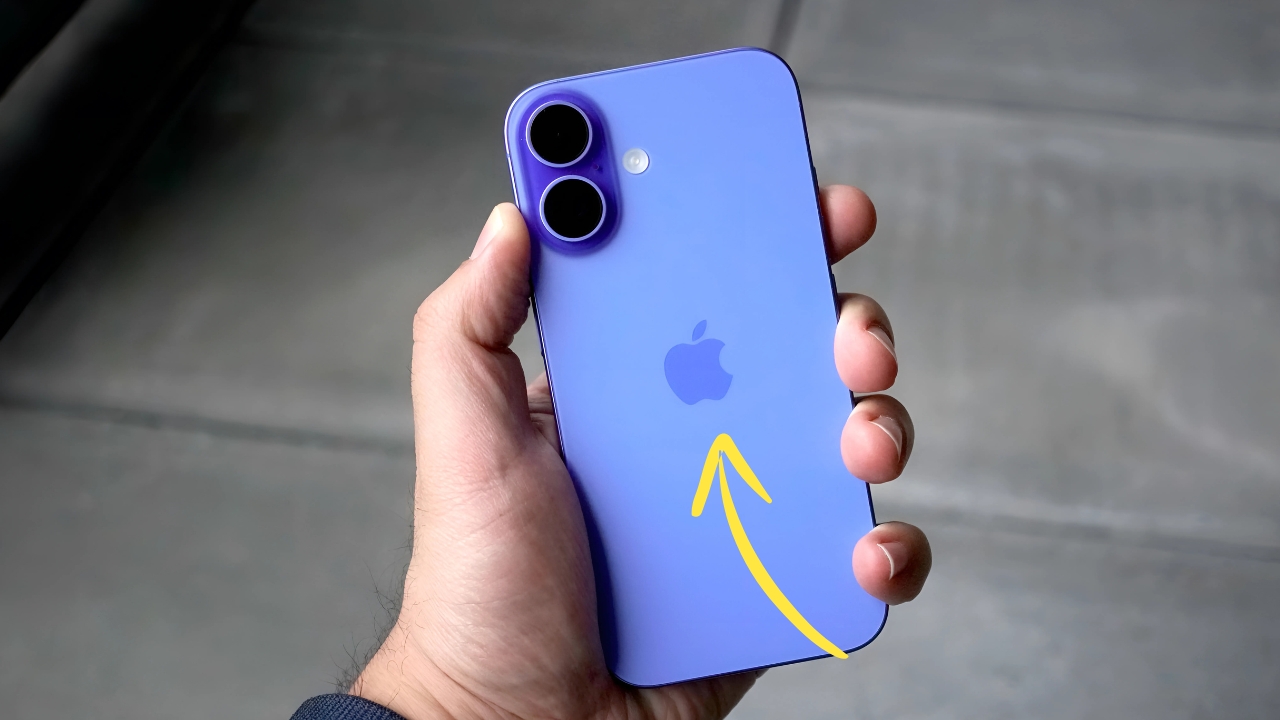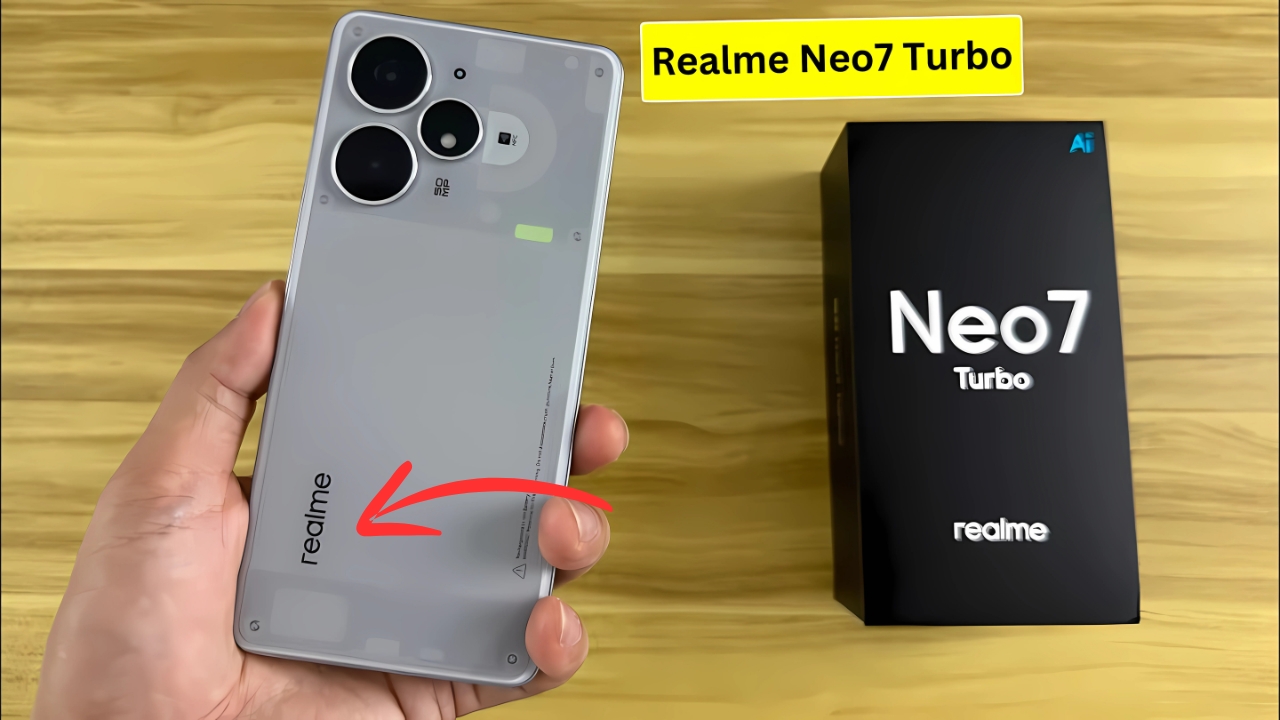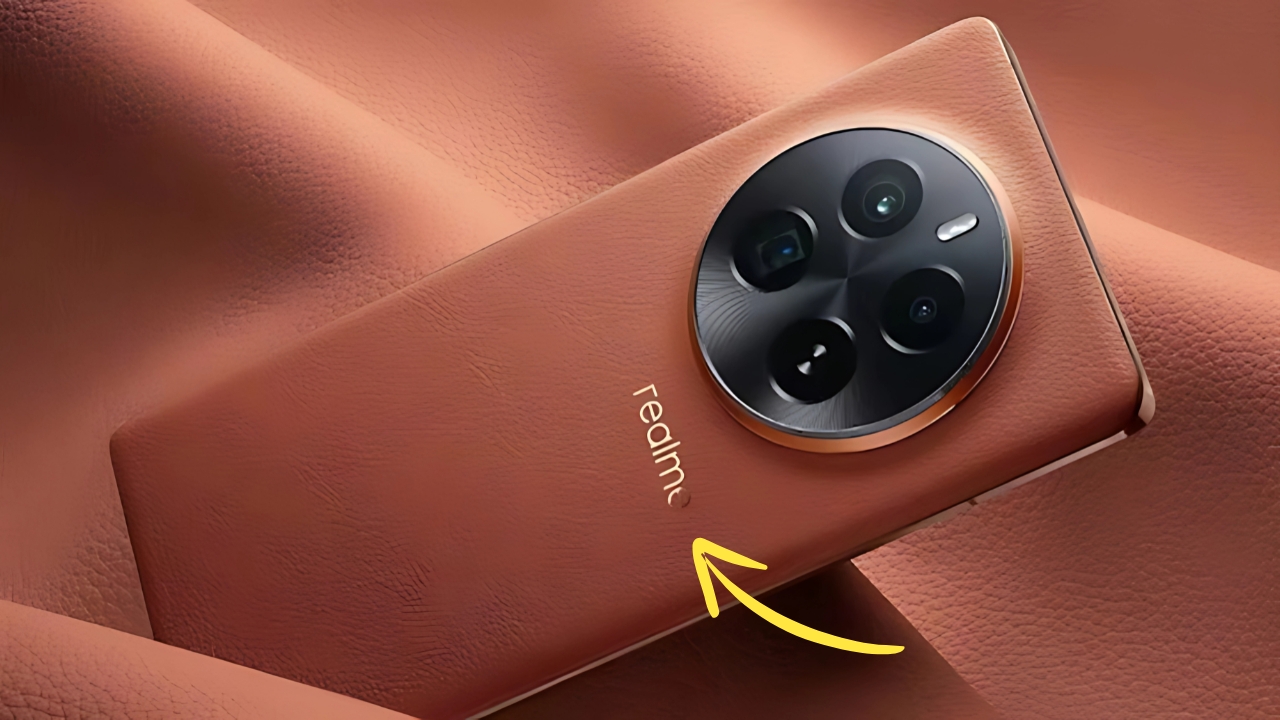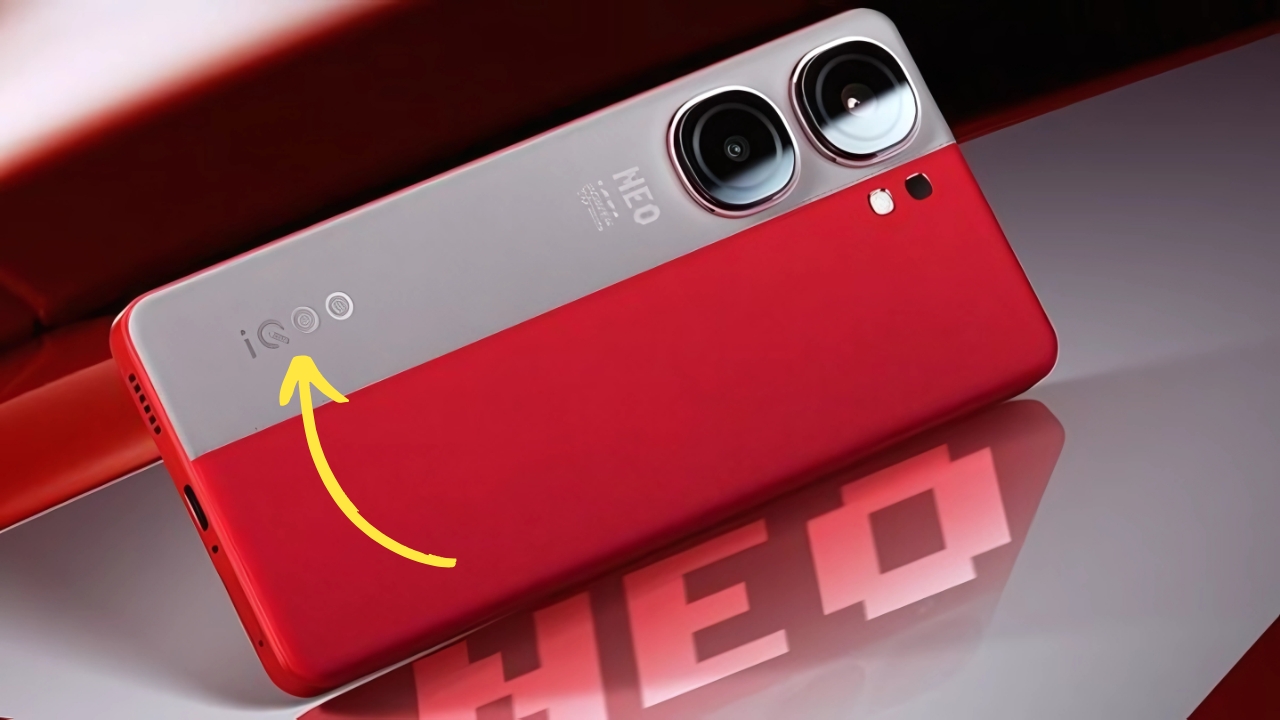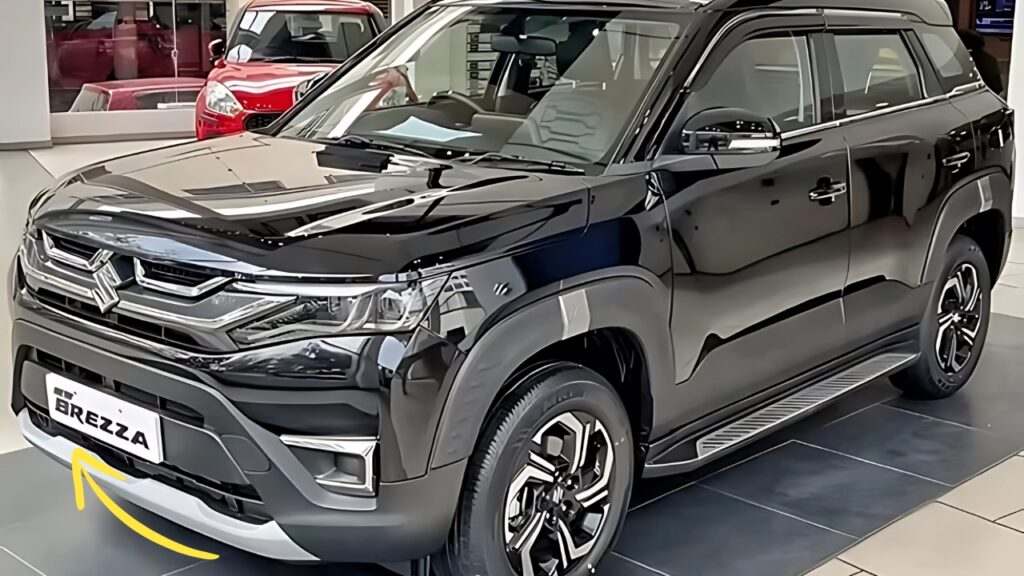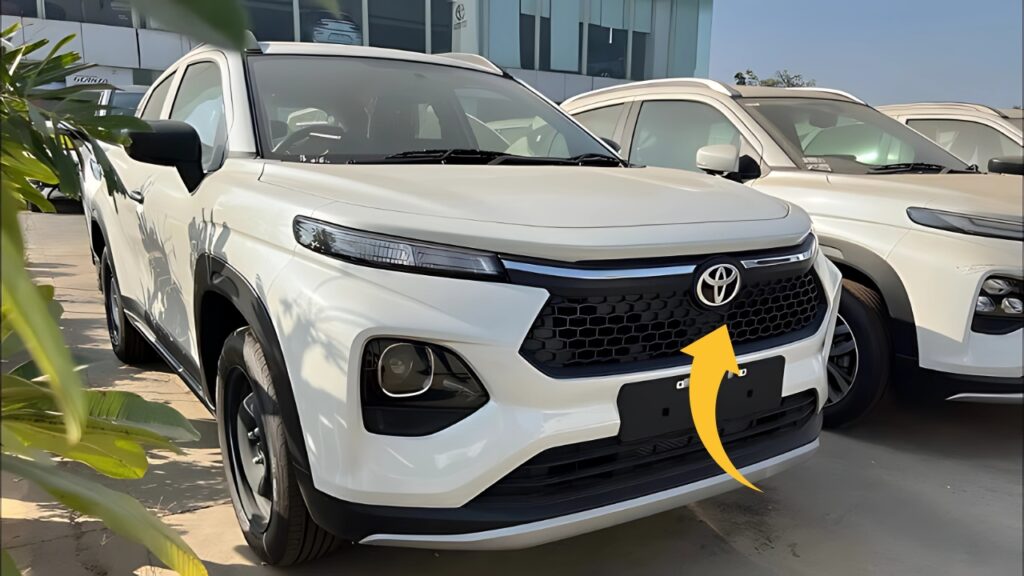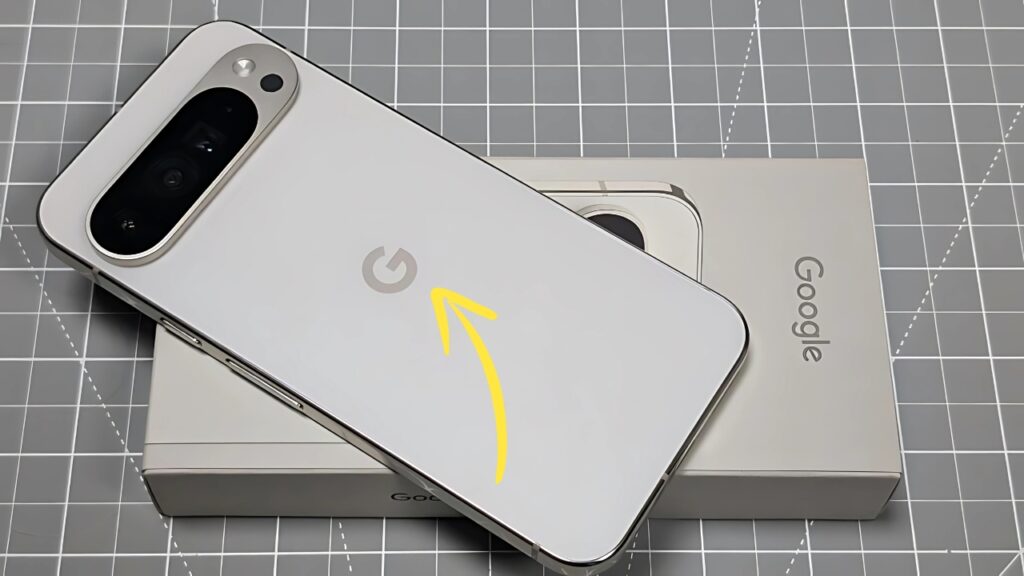Vivo V50e: In an increasingly crowded smartphone market where manufacturers seem to be releasing new models almost weekly, finding a device that truly stands out has become challenging.
The mid-range segment, in particular, has become fiercely competitive, with companies pushing boundaries to deliver premium features at accessible price points.
Amidst this landscape, Vivo has introduced the V50e, a compelling addition to its photography-focused V-series that aims to strike the perfect balance between style, performance, and affordability.
Launched in April 2025, this device represents Vivo’s commitment to providing a well-rounded experience without breaking the bank. But does it have what it takes to stand out in this crowded segment? Let’s find out.
Vivo V50e: Design and Build Quality: Premium Aesthetics Meet Practical Durability
The Vivo V50e makes a strong first impression with its sleek, premium design that belies its mid-range pricing.
Measuring just 7.45mm in thickness and weighing a comfortable 185g, the phone strikes an excellent balance between screen size and handling comfort.
This thoughtful design makes the device pleasant to hold for extended periods, whether you’re browsing social media, watching videos, or taking photos.
Available in two distinctive colorways – Sapphire Blue and Pearl White – both options feature a subtle shimmer effect that catches light elegantly without being overly flashy.
The Pearl White variant, in particular, has a sophisticated pearlescent finish that shifts colors slightly depending on viewing angles, giving it a premium appearance that stands out from typical smartphone designs.
The rear panel houses a neatly arranged dual camera module with Vivo’s signature Aura Light ring, which serves both functional and aesthetic purposes.
Rather than opting for a traditional flash, this circular light provides more even illumination for portraits and close-up shots, while also adding a distinctive design element that sets the phone apart visually.
Perhaps the most impressive aspect of the V50e’s build quality is its exceptional durability credentials.
The device boasts both IP68 and IP69 ratings, making it one of the most water and dust-resistant phones in its price segment.
This dual certification means the V50e can not only withstand submersion in up to 1.5 meters of water for 30 minutes (IP68) but also survive high-pressure, high-temperature water jets (IP69) – protection typically reserved for more expensive flagships.
For everyday users, this translates to peace of mind when using the phone in rainy conditions, near pools, or in dusty environments.
The front of the device is protected by Diamond Shield Glass, a collaboration with Schott that offers enhanced drop resistance compared to previous generations.
While not explicitly marketed as Gorilla Glass, real-world durability tests suggest comparable scratch and impact protection, adding to the phone’s overall robustness.
Frame construction utilizes an aluminum alloy that strikes a good balance between weight and strength. The buttons offer satisfying tactile feedback, with a textured power button that makes it easily distinguishable by touch alone.
The bottom edge houses the USB-C port, speaker grille, and SIM tray, while the top edge remains clean save for a microphone hole.
Overall, the V50e’s design philosophy successfully combines aesthetic appeal with practical durability, resulting in a device that not only looks premium but should also withstand the rigors of daily use far better than many of its competitors.
Display: Vibrant Visuals for Everyday Entertainment
The Vivo V50e features a 6.77-inch AMOLED display that delivers a compelling visual experience for its price point.
With a resolution of 2400 × 1080 pixels (FHD+), content appears sharp and detailed, while the 120Hz refresh rate ensures smooth scrolling and animations that make the overall experience feel more premium and responsive.
Color reproduction is a particular strength, with the panel covering 100% of the DCI-P3 color gamut and supporting 10-bit color depth for more natural gradients.
This translates to vibrant, accurate colors whether you’re browsing photos, watching videos, or playing games.
The display also offers HDR10+ support, providing enhanced contrast and detail in compatible content from streaming services like Netflix and YouTube.
In terms of brightness, the V50e reaches a typical brightness of 800 nits, with HBM (High Brightness Mode) pushing this to 1300 nits and local peak brightness hitting 1800 nits.
While these figures fall short of ultra-premium flagships, they ensure good visibility in most lighting conditions, including direct sunlight.
The impressive 8,000,000:1 contrast ratio, typical of quality AMOLED panels, delivers deep blacks and contributes to the immersive viewing experience.
The display is flat rather than curved, which may disappoint those who prefer the premium look of curved edges, but it offers practical advantages in terms of usability and accidental touch rejection.
The centered punch-hole camera cutout is relatively small and unobtrusive, quickly fading from notice during everyday use.
Additional display features include DC dimming for reduced eye strain during low-light viewing, various color temperature adjustments, and an efficient Always-On Display implementation that provides at-a-glance information without significantly impacting battery life.
The in-display fingerprint sensor works reliably and quickly, though it doesn’t quite match the speed of the best implementations in the market.
While not class-leading in every metric, the V50e’s display offers an excellent balance of quality, features, and efficiency that enhances the overall user experience without unnecessarily driving up the device’s cost.
Performance: Capable Everyday Companion
The Vivo V50e is powered by MediaTek’s Dimensity 7300 chipset, a 4nm octa-core processor featuring four Cortex-A78 performance cores clocked at 2.5GHz and four Cortex-A55 efficiency cores running at 2.0GHz.
This configuration represents a balanced approach for mid-range devices, offering sufficient power for everyday tasks while maintaining energy efficiency.
Memory configurations include 8GB of LPDDR4X RAM paired with either 128GB or 256GB of UFS 2.2 storage. While not the latest or fastest standards available, they provide adequate performance for the price segment.
The absence of expandable storage might disappoint some users, making it important to choose the appropriate storage variant at purchase.
In real-world usage, the V50e handles everyday tasks smoothly. Apps launch quickly, multitasking between several applications works without noticeable lag, and the UI animations remain fluid thanks to both the processor’s capabilities and the high refresh rate display.
For typical use cases like social media browsing, video streaming, productivity applications, and casual photography, the performance feels entirely adequate.
Gaming performance is respectable for the price point, with the Mali-G610 MC4 GPU handling popular titles like PUBG Mobile and Call of Duty Mobile comfortably at medium to high settings.
More demanding games like Genshin Impact require reduced graphics settings to maintain smooth frame rates, but remain playable. The phone’s thermal management is effective, preventing uncomfortable heat buildup during extended gaming sessions, though some throttling does occur after prolonged heavy use.
Benchmark scores place the V50e firmly in the mid-range category, with AnTuTu results around 580,000 points and Geekbench 6 scores of approximately 950 for single-core and 2,400 for multi-core performance.
While these numbers won’t impress hardcore mobile gamers or power users, they reflect a device capable of handling most everyday tasks without frustration.
The phone includes several software optimizations to enhance perceived performance, including expanded virtual RAM (up to 8GB), background process management, and various gaming modes that prioritize resources for smoother gameplay.
These features help squeeze maximum performance from the hardware, particularly in memory-intensive scenarios.
Connectivity options are comprehensive, with 5G support across relevant bands, Wi-Fi 6, Bluetooth 5.3, and NFC for contactless payments.
Call quality is excellent, with effective noise cancellation ensuring clear conversations even in noisy environments.
Overall, while the V50e won’t win any performance contests against more expensive devices, it delivers a responsive and capable experience for its target audience – users who prioritize a well-rounded smartphone over raw processing power.
Camera System: Natural Photography with Zeiss Influence
The camera system on the Vivo V50e represents one of its most distinctive features, reflecting Vivo’s continued emphasis on photography in its V-series.
The rear setup consists of a 50MP primary camera utilizing Sony’s IMX882 sensor with an f/1.88 aperture, paired with an 8MP ultrawide lens that offers a 112-degree field of view. On the front, a 50MP selfie camera handles self-portraits and video calls.
What sets this camera system apart is Vivo’s collaboration with Zeiss, bringing the renowned German optics company’s expertise to lens design and image processing.
This partnership influences everything from color science to portrait effects, resulting in a distinctive photographic character that prioritizes natural colors and realistic rendering over the heavily processed, saturated look common in many mid-range devices.
The primary camera delivers impressive results in good lighting conditions, capturing detailed images with accurate colors and good dynamic range.
The natural color profile might initially seem less striking compared to the more vibrant output from some competitors, but it often results in more faithful representation of scenes, particularly for skin tones and delicate subjects like flowers.
Low-light performance is aided by both the relatively large sensor size and Vivo’s night mode algorithm, producing usable shots even in challenging lighting conditions.
Instead of a dedicated telephoto lens, the V50e relies on sensor-crop zoom for closer subjects. While this approach can’t match the quality of true optical zoom, the high-resolution primary sensor allows for acceptable 2x digital zoom in good lighting.
Beyond that, image quality deteriorates noticeably, making the phone less suitable for distance photography.
The ultrawide camera, while offering a lower resolution than the main sensor, maintains reasonable consistency in color science and performs adequately in well-lit environments.
As expected with most mid-range ultrawide implementations, detail levels and low-light performance lag behind the primary camera, but the lens provides minimal distortion and adds valuable compositional flexibility.
For selfie enthusiasts, the 50MP front-facing camera delivers detailed self-portraits with natural skin tones and good background separation in portrait mode.
The high resolution allows for excellent detail capture in favorable lighting, though low-light selfies benefit significantly from using the screen as a fill light.
Video capabilities include 4K recording at 30fps from the main camera, with electronic image stabilization helping to produce reasonably steady footage.
The front camera is limited to 1080p recording but maintains good quality for video calls and vlogging.
A unique feature of the V50e is its Aura Light system, which replaces the traditional flash with a ring light surrounding the camera module.
This provides more even, diffused illumination for portraits and close-up subjects, reducing harsh shadows and creating more flattering lighting. The system can also be color-adjusted to complement different skin tones or creative effects.
Vivo’s camera app offers an extensive array of features, including dedicated modes for underwater photography (leveraging the IP69 water resistance), “wedding studio” portraits with Zeiss-tuned bokeh effects, various night mode options, and AI-enhanced scene recognition.
While some of these features veer into gimmick territory, the core photography experience remains focused on delivering natural, pleasing results without excessive processing.
Battery Life and Charging: Endurance Meets Speed
The Vivo V50e houses a substantial 5,600mAh silicon-carbon battery, representing a significant capacity for a device of its slim profile.
This battery technology offers higher energy density than traditional lithium-ion cells, allowing Vivo to maintain the phone’s sleek design without compromising on endurance.
In practical terms, this translates to exceptional battery life for most users. Under typical mixed usage patterns – including social media browsing, messaging, some photography, video streaming, and light gaming – the phone easily lasts through a full day with 30-40% capacity remaining.
More conservative users might even stretch this to two days between charges, while even heavy users should comfortably make it through a full day without anxiety.
Standardized battery tests show the V50e achieving around 15-16 hours of continuous web browsing or video playback at moderate brightness, positioning it among the better performers in its class.
The efficient processor and adaptive display features contribute to this impressive endurance, intelligently managing power consumption based on usage patterns.
When it comes time to recharge, the included 90W FlashCharge adapter provides impressively rapid refueling capabilities. The phone can go from 20% to 100% in approximately 42 minutes, with the first 50% charging particularly quickly.
This combination of large battery capacity and fast charging effectively eliminates battery anxiety for most users – even if you forget to charge overnight, a quick top-up during morning routines provides sufficient power for the day ahead.
The charging system includes various safety features and optimizations, including temperature monitoring and charging current regulation.
An optional “optimized night charging” feature can be enabled to slow the final stages of charging when plugged in overnight, potentially extending overall battery lifespan by reducing time spent at full capacity.
While wireless charging is absent – a feature still relatively uncommon in this price segment – the combination of large battery capacity and rapid wired charging largely compensates for this omission.
The phone also supports USB Power Delivery for compatibility with standard chargers when the proprietary adapter isn’t available, though at reduced speeds.
Software Experience: Feature-Rich but Occasionally Overwhelming
The Vivo V50e runs Funtouch OS 14 based on Android 14, offering a feature-rich but distinctly customized take on the Android experience.
Vivo has committed to providing two years of major Android updates and three years of security patches for the device, ensuring reasonable software longevity.
Funtouch OS offers extensive customization options, allowing users to adjust everything from icon shapes and system colors to animation effects and gesture controls.
The interface is visually polished, with smooth animations that take advantage of the high refresh rate display. However, the sheer number of features and settings can initially feel overwhelming to users coming from more streamlined Android implementations.
Bloatware remains a mixed bag – while Vivo has reduced pre-installed third-party applications compared to previous generations, the phone still comes with several partner apps and Vivo’s own service applications that duplicate Google functionality.
Most of these can be uninstalled or disabled, but the process requires some initial setup time to streamline the experience.
Privacy and security features are well-implemented, with granular permission controls, a secure space for sensitive applications, and various anti-tracking measures.
The system also includes an AI assistant that offers contextual suggestions based on usage patterns, though its utility varies considerably depending on individual needs.
Gaming-focused features include a dedicated game mode that blocks notifications, optimizes performance, and provides tools like screen recording and frame rate monitoring.
These enhancements contribute to a better gaming experience without requiring manual adjustments for each title.
The software includes several thoughtful quality-of-life features, such as advanced screenshot capabilities, a comprehensive file manager, and a well-designed one-handed mode.
Multi-window and floating window support work effectively for multitasking, though the implementation feels less refined than some competing interfaces.
Performance-wise, Funtouch OS runs smoothly on the V50e’s hardware, with minimal lag or stuttering in daily use. Memory management is generally good, allowing multiple apps to remain active in the background without aggressive killing.
However, some of Vivo’s background services can occasionally impact battery life, particularly when using features like the always-on display or extensive system customizations.
While Funtouch OS won’t please Android purists who prefer a more stock-like experience, it offers a feature-rich and visually appealing interface that many users will appreciate once they’ve taken the time to customize it to their preferences.
Audio, Connectivity, and Additional Features
The Vivo V50e offers a mixed audio experience, with a single bottom-firing speaker that produces clear sound with reasonable volume but lacks the depth and stereo separation of dual-speaker setups found in some competitors.
The speaker is adequate for casual media consumption but less impressive for immersive content like movies or games.
Wired audio users will be disappointed by the absence of a 3.5mm headphone jack, though the USB-C port supports audio output with the appropriate adapter.
Bluetooth audio quality is excellent, with support for high-quality codecs including aptX HD, LDAC, and AAC ensuring good wireless audio performance with compatible headphones.
Connectivity options are comprehensive, with 5G capability across relevant bands ensuring compatibility with major carriers.
Wi-Fi 6 support provides excellent wireless network performance when connected to compatible routers, while Bluetooth 5.3 offers improved range and stability for wireless accessories.
NFC is included for contactless payments and device pairing, and the phone supports dual SIM functionality for users juggling personal and professional lines.
Biometric security is handled by an in-display fingerprint sensor that works reliably in most conditions, though it occasionally struggles with extremely dry fingers or unusual angles.
Face unlock is available as a secondary option, using the front camera rather than specialized hardware, making it convenient but less secure than the fingerprint solution.
The vibration motor deserves special mention, offering haptic feedback that feels more premium than typical mid-range devices.
This enhances the typing experience and system interactions, adding a subtle quality touch that users will appreciate in daily use.
Additional sensors include an accelerometer, gyroscope, proximity sensor, ambient light sensor, and electronic compass – a complete suite that ensures compatibility with various applications requiring motion detection or orientation awareness.
Comparative Analysis: Where Does It Stand?
To better understand the Vivo V50e’s position in the market, let’s compare it with some key competitors in the mid-range segment:
| Feature | Vivo V50e | Realme GT Neo 6 | Samsung Galaxy A56 | Xiaomi 14T | Nothing Phone (3a) |
|---|---|---|---|---|---|
| Display | 6.77″ AMOLED, 120Hz | 6.78″ AMOLED, 144Hz | 6.6″ AMOLED, 120Hz | 6.67″ AMOLED, 144Hz | 6.7″ AMOLED, 120Hz |
| Processor | Dimensity 7300 | Snapdragon 8s Gen 3 | Exynos 1480 | Dimensity 8300 | Snapdragon 7s Gen 2 |
| Main Camera | 50MP Sony IMX882 | 50MP Sony IMX890 | 50MP ISOCELL | 50MP Sony IMX906 | 50MP Sony IMX890 |
| Battery | 5600mAh, 90W | 5500mAh, 100W | 5000mAh, 45W | 5000mAh, 67W | 5000mAh, 45W |
| Build | IP68/IP69, Diamond Shield Glass | IP65, Gorilla Glass Victus | IP67, Gorilla Glass 5 | IP53, Gorilla Glass Victus | IP54, Gorilla Glass 5 |
| Special Features | Aura Light, Zeiss Optics | GT Mode, Vapor Chamber | 5 years updates, Samsung Knox | Leica Cameras, HyperOS | Glyph Interface, Clean UI |
| Price | ₹28,999 | ₹29,999 | ₹34,999 | ₹32,999 | ₹29,999 |
This comparison highlights the V50e’s competitive positioning. While each device has its strengths – the Realme’s superior processor, Samsung’s longer update cycle, Xiaomi’s camera partnership, and Nothing’s unique design – the Vivo offers exceptional water resistance, good battery capacity, and Zeiss-tuned cameras at a competitive price point.
The V50e particularly stands out in terms of durability and battery performance, though it falls somewhat behind in raw processing power compared to similarly priced alternatives like the Realme GT Neo 6.
This positioning reflects Vivo’s focus on creating a balanced device that prioritizes everyday usability, camera performance, and battery life over benchmark-topping specifications.
Real-World Performance: Living with the Vivo V50e
Beyond specifications and features, the day-to-day experience of using a smartphone ultimately determines its value.
The Vivo V50e generally delivers a positive user experience, with its strengths outweighing its limitations for most users.
The display provides an enjoyable viewing experience for everything from social media browsing to video streaming, with good visibility in most lighting conditions.
The high refresh rate contributes to a feeling of responsiveness throughout the interface, making the phone feel more premium than its price might suggest.
Battery life consistently impresses, easily handling a full day of moderate to heavy use. The rapid charging capability adds significant convenience, allowing for quick top-ups when needed.
This combination of endurance and fast charging reduces battery anxiety, particularly for users with busy schedules.
Camera performance is generally reliable, with the main sensor delivering pleasing results in most conditions. The natural color profile of the Zeiss tuning might not produce the most immediately striking images for social media, but it creates more faithful representations that often look better upon closer examination.
Low-light photography is adequate rather than exceptional, with the Aura Light helping to improve close-range shots in dim conditions.
The phone handles everyday tasks smoothly, with apps launching quickly and multitasking working well.
Performance feels consistent and reliable rather than spectacular, which aligns with Vivo’s positioning of the device as a balanced all-rounder rather than a processing powerhouse.
Funtouch OS provides a feature-rich experience that most users will find satisfactory after some initial customization.
The software occasionally shows signs of overzealous battery optimization, particularly with background applications, but these issues can largely be addressed through settings adjustments.
Call quality and network reception are reliable, with the 5G capabilities providing faster data speeds in supported areas.
The exceptional water resistance provides peace of mind during everyday use, allowing users to confidently use the phone in various environmental conditions without worry.
Six Key Considerations Before Purchase
Photography Style Preferences: The Zeiss-tuned cameras prioritize natural colors and realistic rendering over the heavily processed, saturated look common in many mid-range devices. This approach produces more faithful representations but might appear less striking for social media posting without editing.
Performance Requirements: While the Dimensity 7300 provides smooth performance for everyday tasks and casual gaming, power users and serious mobile gamers might find the processing capabilities limiting compared to similarly priced gaming-oriented alternatives.
Software Preferences: Funtouch OS offers extensive features and customization options but represents a significant departure from stock Android. Users preferring a more streamlined experience might require some adjustment time.
Durability Needs: The exceptional IP68/IP69 water and dust resistance provides superior protection compared to most mid-range alternatives, making the V50e an excellent choice for users in challenging environments or those prone to accidents.
Display Expectations: While the 120Hz AMOLED display offers excellent quality for the price point, the peak brightness falls somewhat short of ultra-premium devices, potentially affecting visibility in direct sunlight.
Update Longevity: Vivo’s commitment to two years of major Android updates and three years of security patches, while reasonable for the price segment, falls short of the extended support policies offered by some competitors, particularly Samsung.
Vivo V50e: Conclusion: Balanced Excellence in the Mid-Range
The Vivo V50e successfully delivers on its promise of providing a well-rounded experience in the competitive mid-range segment.
By focusing on elements that most directly impact daily use – display quality, camera capabilities, battery life, and build quality – Vivo has created a device that feels more premium than its price tag might suggest.
The phone’s exceptional water resistance, substantial battery capacity with fast charging, and Zeiss-tuned cameras represent particular highlights that differentiate it from many competitors at similar price points.
The sleek design and comfortable handling further enhance the overall user experience, creating a device that’s pleasant to use day-to-day.
While not without compromises – primarily in processing power and some aspects of the software experience – these limitations are thoughtfully chosen and generally align with the priorities of the V50e’s target audience.
For users seeking a reliable, well-built smartphone with good cameras and excellent battery life, these trade-offs will likely be acceptable.
In a market segment where manufacturers often prioritize flashy specifications over cohesive user experience, the Vivo V50e stands out by delivering a balanced package that works well in real-world usage.
It may not top benchmark charts or offer the absolute best camera in its class, but it provides a dependable, feature-rich experience that will satisfy the needs of most users.
For those considering a mid-range smartphone purchase in 2025, the Vivo V50e deserves serious consideration, particularly for users who prioritize battery life, build quality, and natural photography over raw processing power.
It represents an excellent value proposition at its price point and showcases Vivo’s growing maturity in creating well-rounded devices that balance style with substance.

